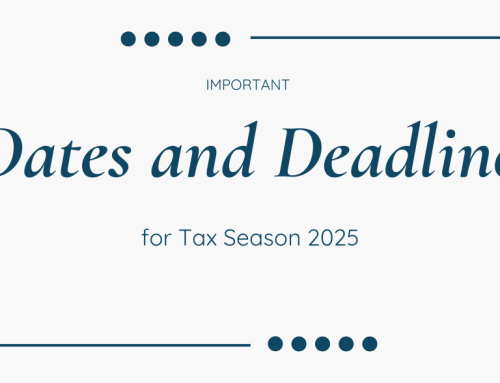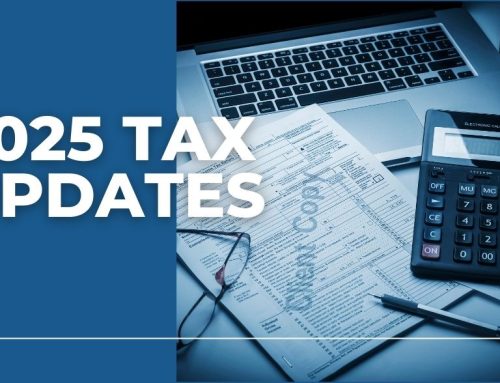As of December 2017, new 2018 optional standard mileage rates are in effect. These standard mileage rates help compute your business, medical, charitable or moving deductions. All you have to do is multiply them by the number of miles you’ve traveled to get the related deductible expenses. If you and your employees use your vehicle for personal and business use, make sure to keep accurate supporting records.
Effective as of January 1, 2018, these are the new mileage rates to take into account. They are related to your car, van, pickup or panel truck use:
- For business miles driven, 54.5 cents per mile (or an increase from 53.5 cents in 2017)
- For moving or medical purposes, 18 cents per mile (or an increase from 17 cents in 2017)
- For charitable purposes, 14 cents per mile
Since your business’ employees may be using your vehicles for various purposes, it’s possible to use many rates on your tax return. You should keep in mind that the business rates depend on the results of an annual study of the fixed and variable costs of operating a vehicle.
Yet, there are limits to claiming your deduction. You either use the standard mileage rate or actual expenses, which include claiming the Section 179 deduction or any depreciation method.
Under Notice 2018-03, business employees driving their own vehicles are entitled to nontaxable reimbursements of their costs. The Fixed and Variable Rate Allowance (FAVR) plan is the most favorable or fair program for employees.
There are other methods available. These include:
- The Cost per Mile (CPM) reimburses employees’ vehicle costs on a per-mile basis. This is on the condition that it adheres to IRS reporting requirements.
- Car or vehicle allowance: This is a specific amount that employees can use over a certain time to cover the costs of employees’ use of their vehicles for business purposes. As an employer, this type of compensation program is easiest for you. Yet, allowances are taxable to your employees and constitute a tax burden for the latter.
It is uncertain whether these 2018 mileage rates will impact business owners. Yet, it is important to keep these in mind as you account for your employees’ mileage expenses.
Contact us for further details on how we can help you keep track of IRS changes.
Sources:
-
“IRS issues 2018 standard mileage rates.” Journal of Accountancy. December 14, 2017. Accessed January 26, 2018. https://www.journalofaccountancy.com/news/2017/dec/2018-irs-standard-mileage-rates-201718061.html.
-
Erb, Kelly Phillips. “IRS Announces 2018 Mileage Rates Even Though Tax Reform Talks May Limit Use.” Forbes. January 03, 2018. Accessed January 26, 2018. https://www.forbes.com/sites/kellyphillipserb/2017/12/14/irs-announces-2018-mileage-rates-even-though-tax-reform-talks-may-limit-use/#13c8ab7d7631.
-
“IRS Announces Higher Standard Mileage Rate for 2018.” SHRM. January 10, 2018. Accessed January 26, 2018. https://www.shrm.org/resourcesandtools/hr-topics/benefits/pages/2018-standard-mileage-rate.aspx.





